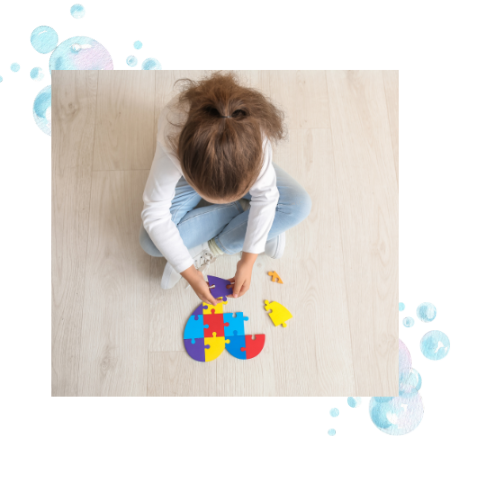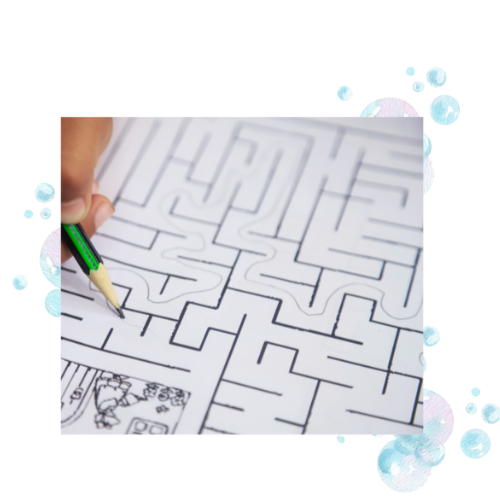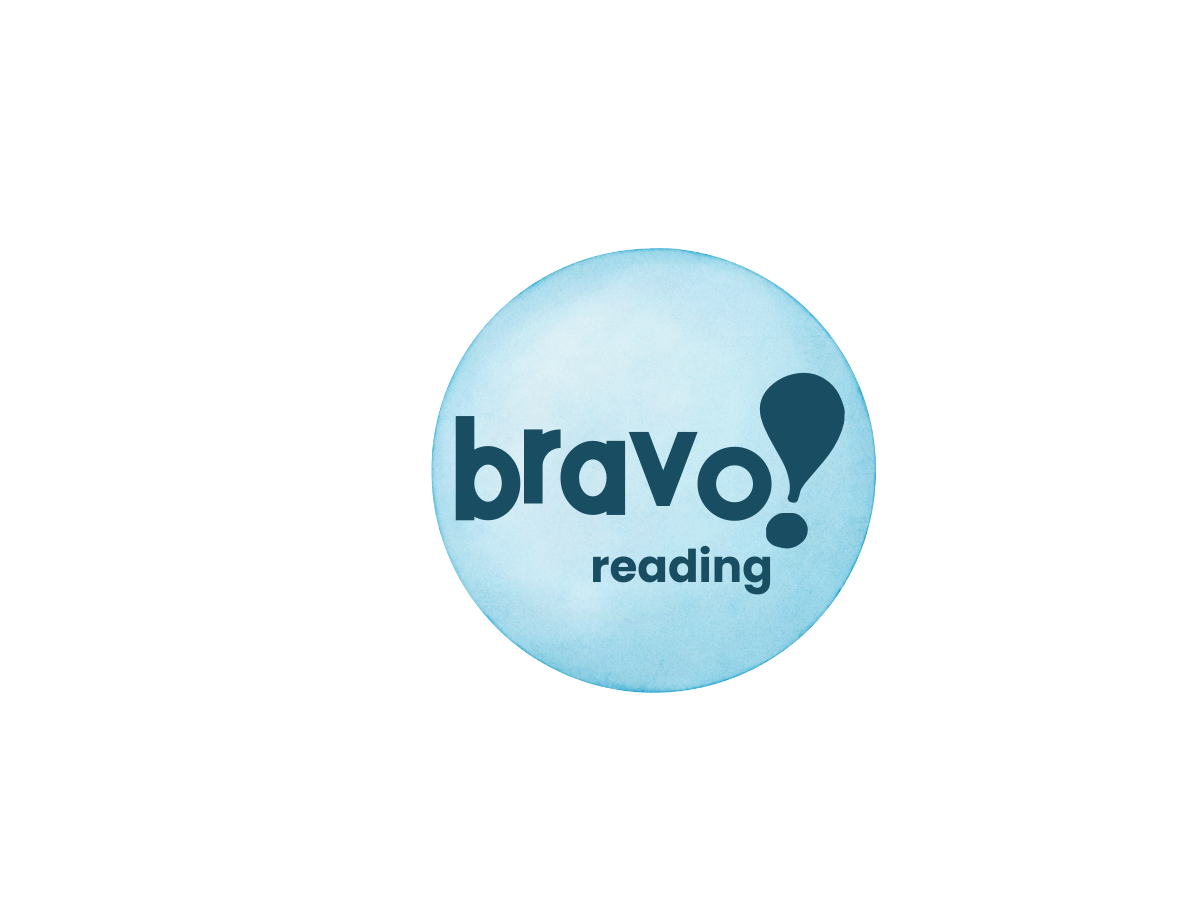How Spatial Visual Skills Cause Kids With Dyslexia To Fail
Visual processing skills, also known as spatial visual skills, help kids understand the world around them. It’s how their brains comprehend what is taken in through visual channels. Spatial visual skills help kids with dyslexia recognize shapes, letters, and words. Some children have trouble with these skills, which makes reading and writing harder.

Most people think that spatial visual skills are just about eyesight and focusing. But nothing could be further from the truth!
Eye doctors primarily check for focusing and alignment issues, prescribing glasses to fix a problem in this area. But spatial visual skills involve way more than just this issue, especially in kids with dyslexia.
Kids with dyslexia usually have weak spatial visual skills, which causes them to struggle to make sense of what they see. Glasses can’t fix this, because it’s a processing issue, not an alignment or focusing issue.
It’s about perceiving information the right way!
Kids with dyslexia struggle to process both visual and auditory information. This in turn, affects how they learn, deal with life, and attack new skills. It also gravely affects how they perform in school. For kids with dyslexia, reading and spelling are especially difficult.
Dyslexia As A Learning Difference
Dyslexia is a learning difference that makes reading tough. Kids with dyslexia often have difficulty matching letters to sounds. They often mix up letters like “b” and “d.” Understanding the difference between these similar letters requires at least sufficient spatial visual skills.

Kids with dyslexia usually struggle with overall visual processing abilities, making it even harder to read fluently.
When the brain struggles to processing visual information, words on a page can seem blurry or jumbled. They might jump, wriggle, or have halos around them. Kids with dyslexia usually take in visual information in a distorted way. This is what causes poor spatial visual abilities.
These poor spatial visual skills make reading a tiring chore instead of a joy. Because reading takes longer, they struggle to comprehend or understand what was read. Kids with dyslexia are a day late and a dollar short, even though they are often quite bright and perceptual.
Helping Kids With Dyslexia And Spatial Visual Issues
There are ways to help kids with visual processing and dyslexia. Targeted reading programs, like the Bravo! Reading Program, use fun activities and movement to improve reading skills.

A child with dyslexia needs a different way to learn. Traditional reading programs and exercises only serve to frustrate these bright children. An excellent dyslexia reading program should have movement, brain-based activities, and should be Orton-Gillingham-based.
If these components aren’t available, kids with dyslexia fall further and further behind. They also fail at an alarming rate. By the time these dyslexic learners are adults, they lock into the failure chain so badly, they often resort to crime. That’s why 48% of our prison population in America is dyslexic.
How sad, when all this could have been prevented by providing young dyslexic children the right reading methods…the ones that promote confidence and skill abilities in a way they understand.
The Importance of Spatial Visual Skills
Visual spatial processing skills are one of the most important skills that affect academics and learning.

75 to 90 percent of everything we take in is visual, so it’s important that these skills are sharp.
Early learners are usually exposed to these spatial visual activities in school. But for kids with dyslexia, they’re presented incorrectly. This results in tuning out and turning off. They even crab because the activities aren’t fun.
With the right spatial visual practice and the right support, kids with visual processing challenges and dyslexia can become strong readers. They also need a reading program that speaks to their needs. This is the combination that results in success instead of failure.
It might take time, but kids with dyslexia can learn to enjoy reading. Every child learns in their own way, and it’s important to find the tools that work best for them.
7 Fun Ways To Make Spatial Visual Skills Stronger!

Following are six ways you can help sharpen spatial visual skills at home. Even better, they’re fun activities your child will love to do!
1. Mazes are excellent for helping kids train their eyes move as a team and work fluidly. Start with easy mazes and work your way up to harder puzzles. The larger the maze letters, the easier it will be for the child to master.
2. Word search puzzles can be great for not only teaming skills but vocabulary. Just be sure to start out with easy, three letter words and slowly build up to harder words. A big mistake people often make is to hand their children word search puzzles with multi-syllable words and then wonder why they are frustrated.
It’s Easier Than You’d Think To Make A Difference
3. How to draw books and videos can help children put spatial and visual skills in perspective. Even better, kids with dyslexia need fun ways to build self-esteem, so this works in two wonderful ways.

4. Dot-to-dots are great for helping the eyes move not just across the page but up and down as well. There are numerous preschool versions available that can be a fantastic starting place for any child who is struggling academically. From there, you can always build up to harder levels.
5. If you patch your child’s left eye (cover with an eye patch or something else) while tracing large Chinese or Japanese letters can strengthen spatial visual skills. In addition, it accesses the language centers of the brain. This is a win-win for kids with dyslexia!
6. Matching games like concentration help strengthen visual memory as well as connect visual images together. Kids with dyslexia often struggle to match similar items because of that distorted perception. Practice with easy, fun games like this help.

7. Puzzles are a great way to help spatial visual processing skills.
Start with big puzzles with only a few pieces and slowly expose the child to smaller pieces.
You won’t correct dyslexia with these activities. But you will give your dyslexic child a visual spatial boost that’s necessary for reading and spelling success.


